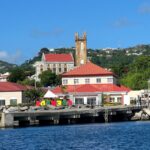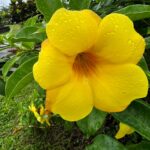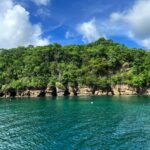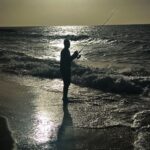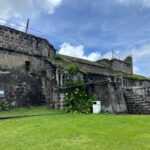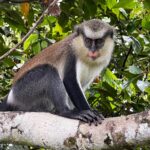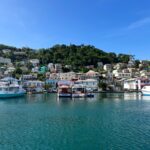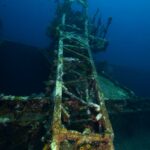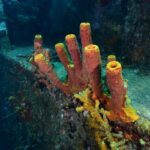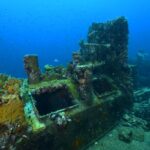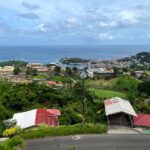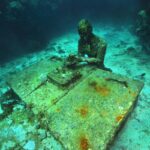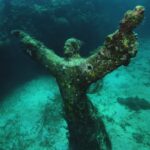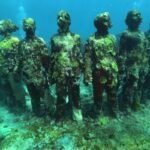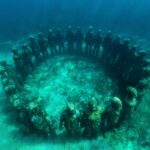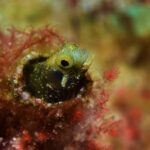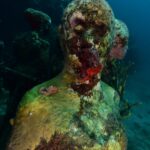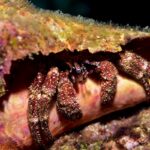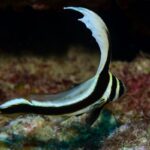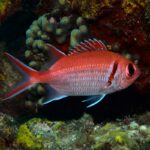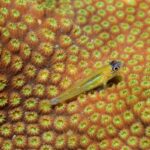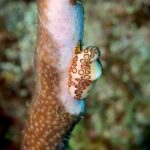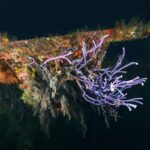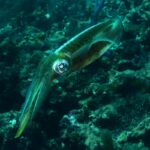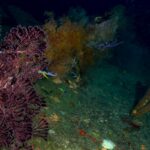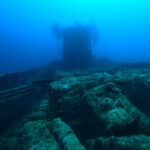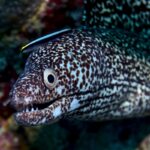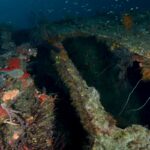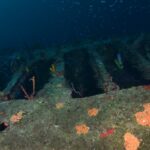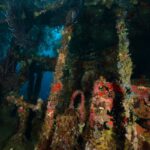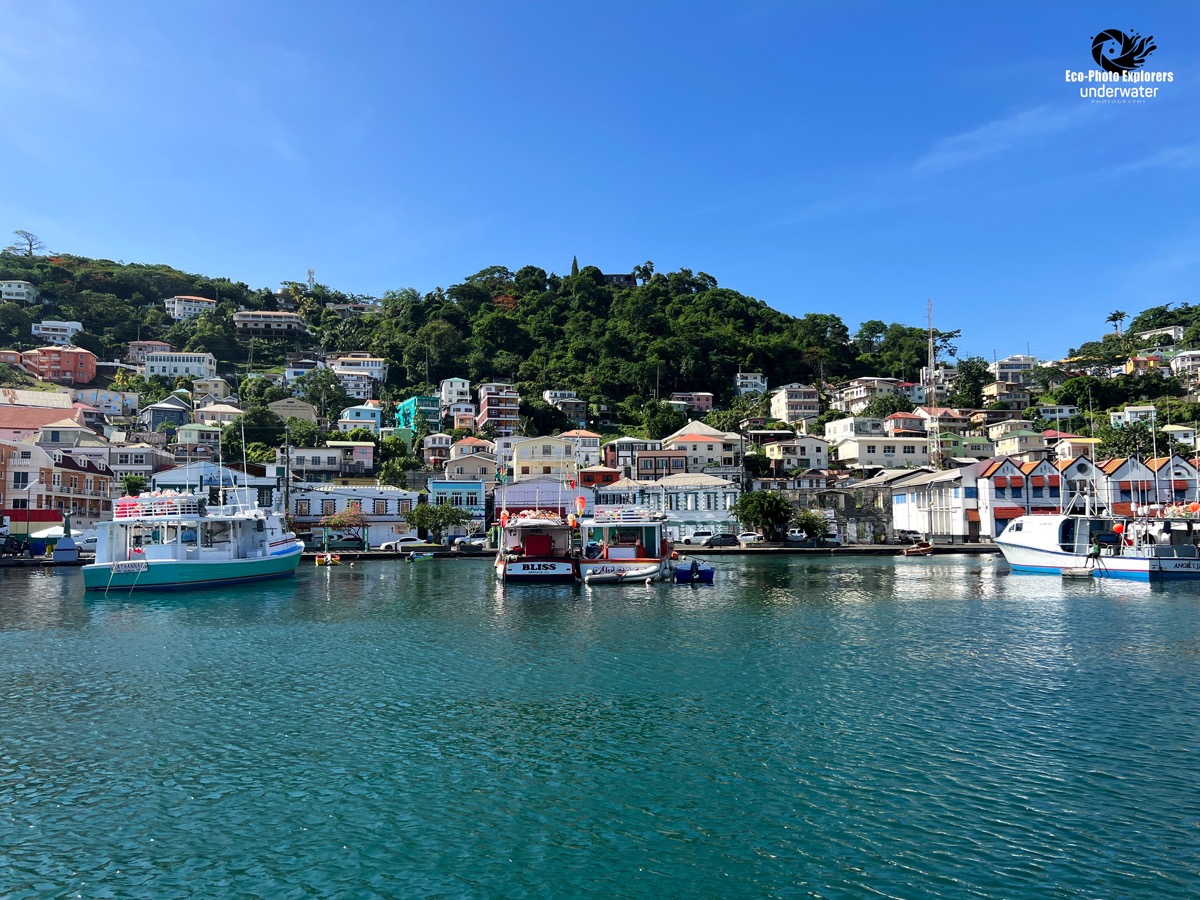
St. George’s Harbor waterfront
What do you think of when you think of Grenada?
Is it the bountiful spices of nutmeg, cinnamon, ginger, cloves, allspice, bay leaves, and turmeric that give the island nation its nickname of “The Spice Isle”?
Is it the expansive and idyllic white sandy beach known as Grand Anse?
Is it the invasion of the island in 1983 by the United States to reverse a communist coup?
Or is it the promise of vibrant coral reefs just offshore from a Caribbean paradise?
For us, it is the Bianca C.
On October 22, 1961, the luxury liner Bianca C. sank 3 ½ miles offshore from the southern tip of the island of Grenada, near to where the Atlantic Ocean and Caribbean Sea meet, in almost 170 feet of water. Measuring 593 feet in length, this is the largest diveable wreck in the Caribbean and is often referred to as the Titanic of the Caribbean. It is usually included on any list of the best shipwreck dives in the world.
We simply had to dive it.
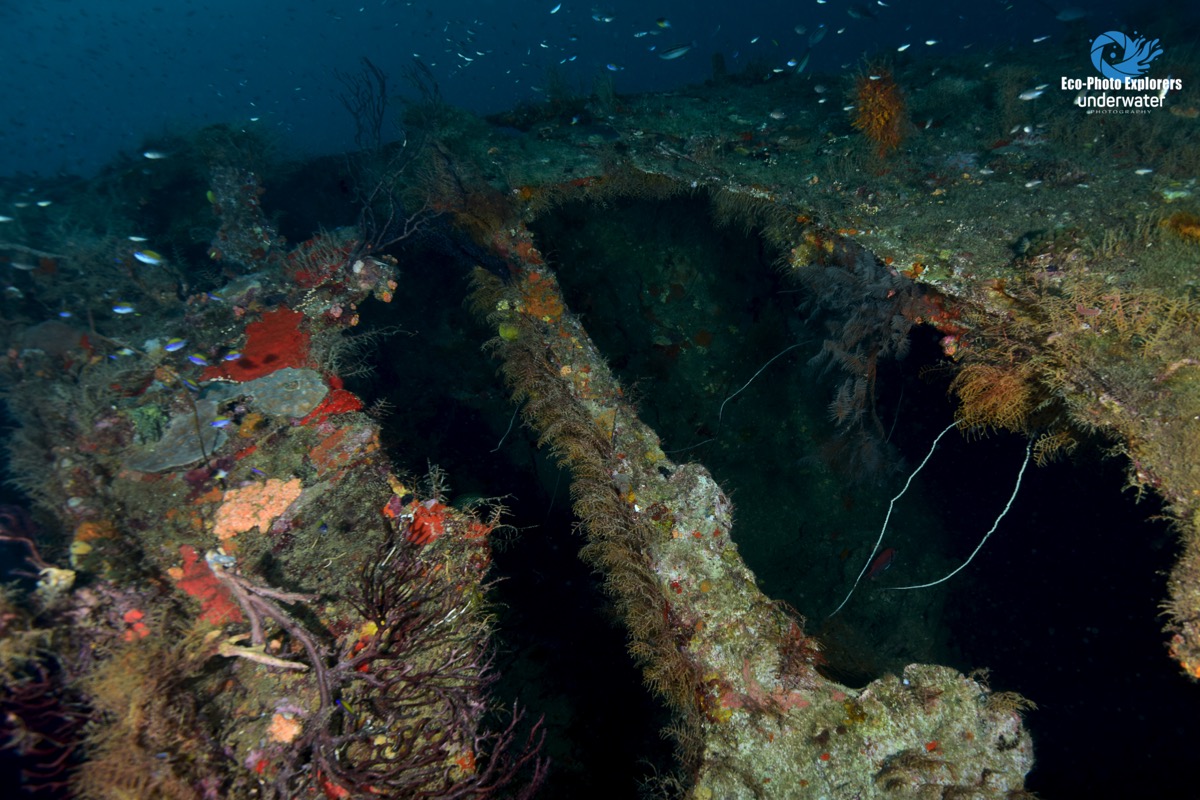
The Bianca C is reachable in 130 feet
Words & Photos by Michael Salvarezza and Christopher P. Weaver
Our quest to dive this massive wreck began months before our visit to the island, when we began checking with Grenadian dive operators at the Beneath the Sea dive show in New Jersey. We were concerned over the depth of the wreck and wanted to know whether these dive shops actually visited the wreck on a regular basis. We received mixed signals: yes, the wreck is visited regularly, yes, it is deep, no you might not be able to dive it without a PADI Deep Diver Certification.
What? Our Advanced Open Water Certification wasn’t enough? It had always been in the past for dives of this depth. We were confused.
It took a series of emails after the conference and before our trip to resolve the situation and as we left for Grenada we were confident that the dive was on.
Upon arrival at the dive shop, we reminded everyone of our desire to visit the Bianca C during the week we had to dive in Grenada. We were assured, again, that we would get to the wreck during the week. In the meantime, we began our diving program with dives to some of the nearby reefs.
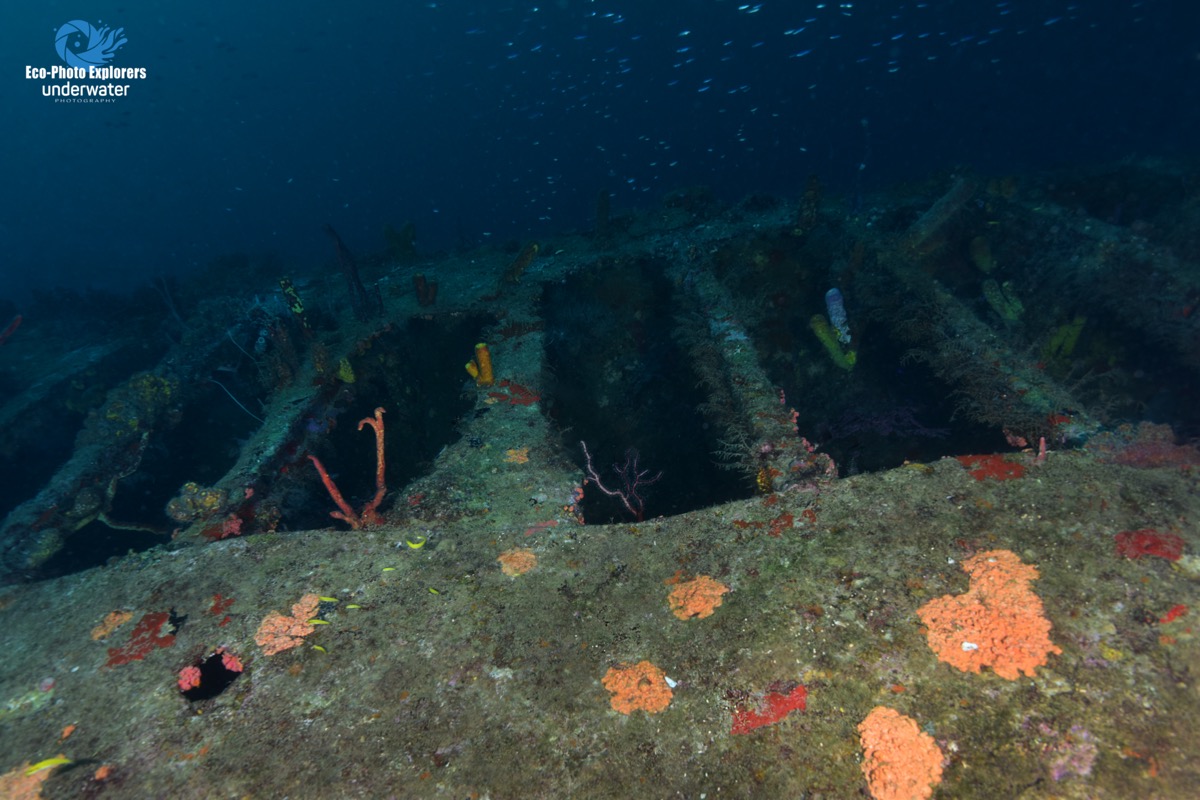
The Bianca C is a massive shipwreck
Our introduction to Grenada’s underwater world started at a site known as Shark Reef. A sloping reef that drops to 70 feet, Shark Reef had very healthy stands of hard corals and sea fans swaying in the slight movement of water. The dominant species, however, seemed to be the Blackbar Soldierfish, which appeared to be everywhere on the reef. To honor the name of the reef, a small Caribbean Reef Shark made a brief cameo as we neared the end of the dive.
Another nearby site with good coral coverage is Kohani, a reef system that is a bit shallower than Shark Reef, bottoming out around 45-50 feet. Kohani had less Soldierfish, but more Parrotfish, and a few encounters with the colorful Queen Angelfish.
With water temperatures in the 85-87 degree range, we looked for coral bleaching and other adverse effects from the rising ocean temperatures. At Valleys, we found a reef with a growing presence of red algae, a sign of coral distress. In addition, we spotted several Lionfish, an invasive species in this part of the world and one that local divers, fisherman and authorities are trying to keep in check as best as they can. Like all coral reefs throughout the Caribbean, some damage is evident here but sites like Black Forest and The Rock showed us how healthy the reefs in Grenada are, with beautiful topographies and vibrant corals providing home to myriad species of marine life.
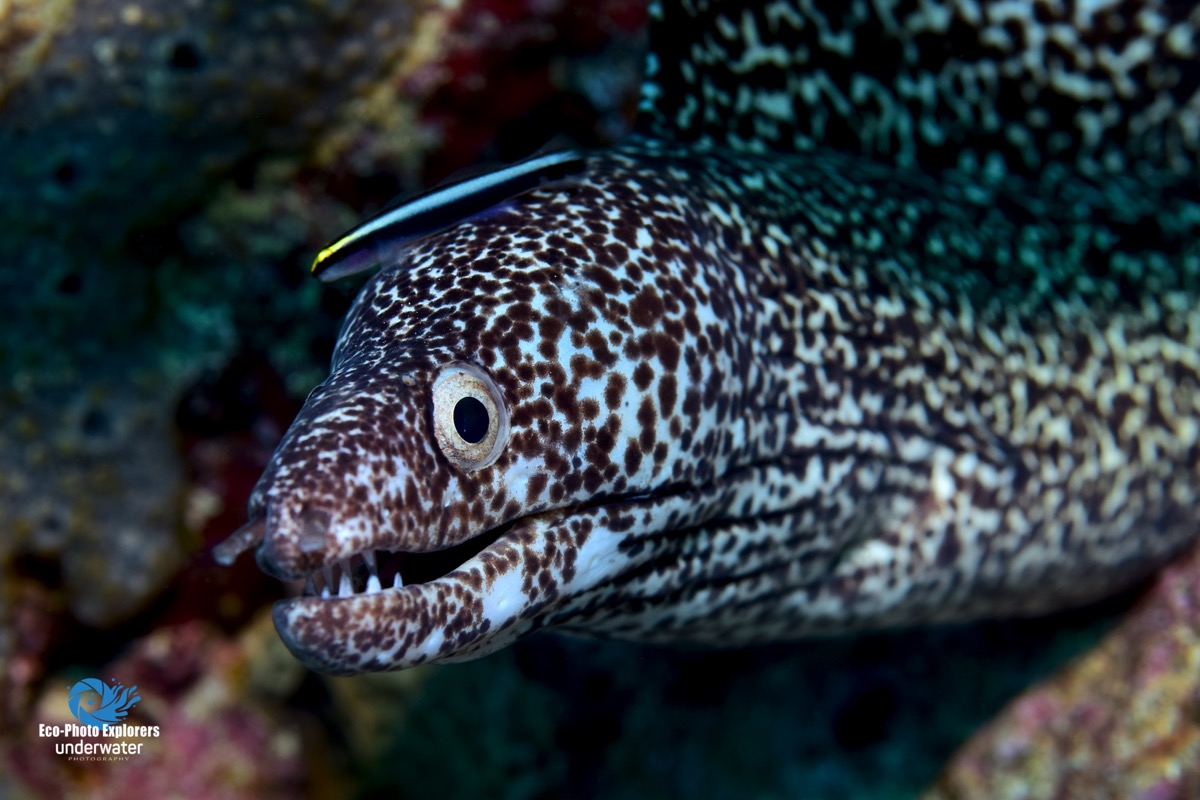
Spotted Moray enjoying the services of a Cleaning Goby
Our macro lenses were put tom the test as we spotted groups of Pederson’s Shrimps, Flamingo Tongue Cowries and even the tiniest of blennies poking out of holes in the reefs. A sharp eye and patience are essential for making quality macro images.
Words & Photos by Michael Salvarezza and Christopher P. Weaver
As the week progressed, we checked every day: would we be diving the Bianca C today? Tomorrow? Each day brought reasons not to: heavy currents, reduced visibility, etc., followed by assurances that we’d dive it before the week was over. We were becoming skeptical.
As a warm-up to that dive, we did explore several other shipwrecks. The Shakem was a cargo vessel that was transporting bags of concrete between Grenada and Trinidad when she encountered a heavy sea in 2001 outside of Grenada’s St. George’s Harbor. The waves shifted the cargo, allowing water to begin to flood the hull. Cement, mixing with the sea water, blocked the ship’s bilge pumps and she sank rapidly, coming to rest in 110 feet of water.
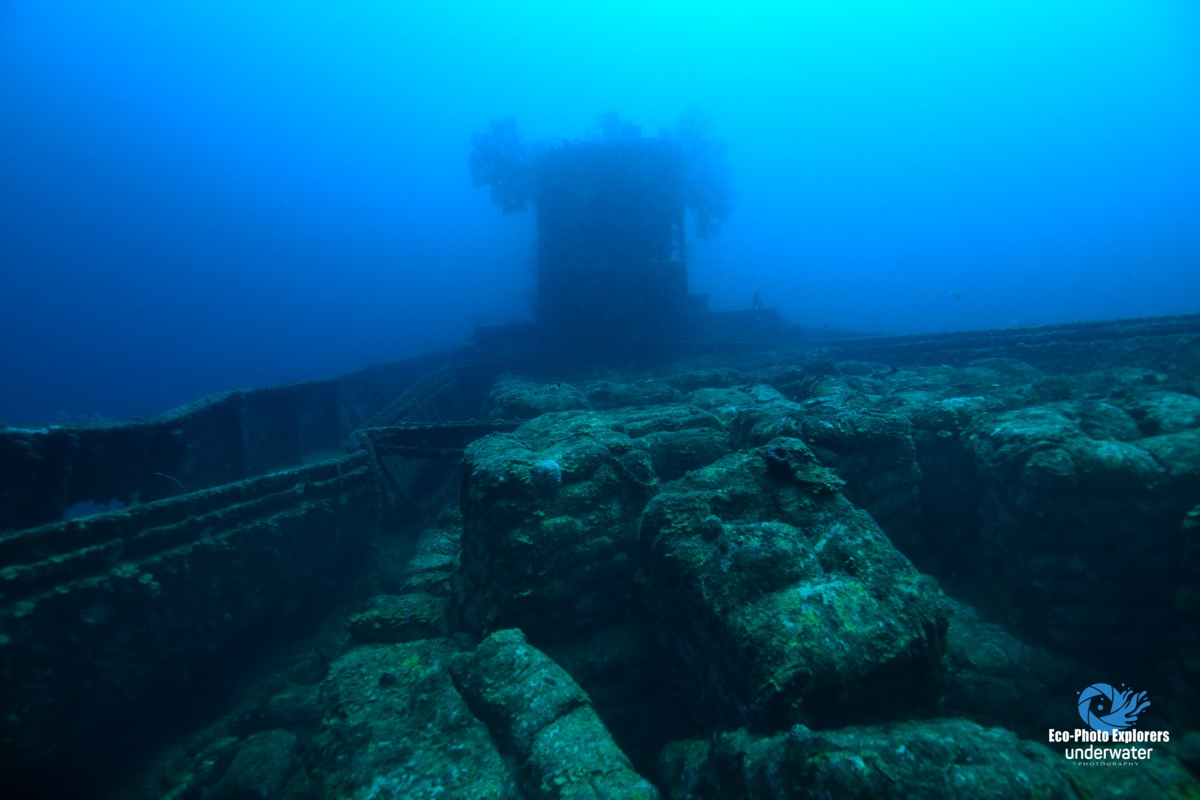
The cement bags are still on storage on the Shakem wreck
The Shakem wreck teems with life and is covered with corals, encrusting sponges and gorgonians. She is a very popular wreck for divers as she sits upright on the bottom, is easy to navigate and looks as if she is ready to enter the harbor and unload her cargo after all these years.
Another nice wreck is the Veronica L.
In 1993, the Veronica L, a cargo ship from Trinidad, started taking on water while sitting at anchor outside of St. George’s Harbor. Before long, she sank at the planned site of a future cruise ship pier. To make way for that pier, the Veronica L was re-floated and taken by barge to a location off Grand Anse beach to the south and re-deposited on the bottom in about 50 feet of water in the sand near to a picturesque reef.
The wreck is small, only about 130 feet in length, and relatively shallow, which makes this an ideal dive for divers of all skill levels.
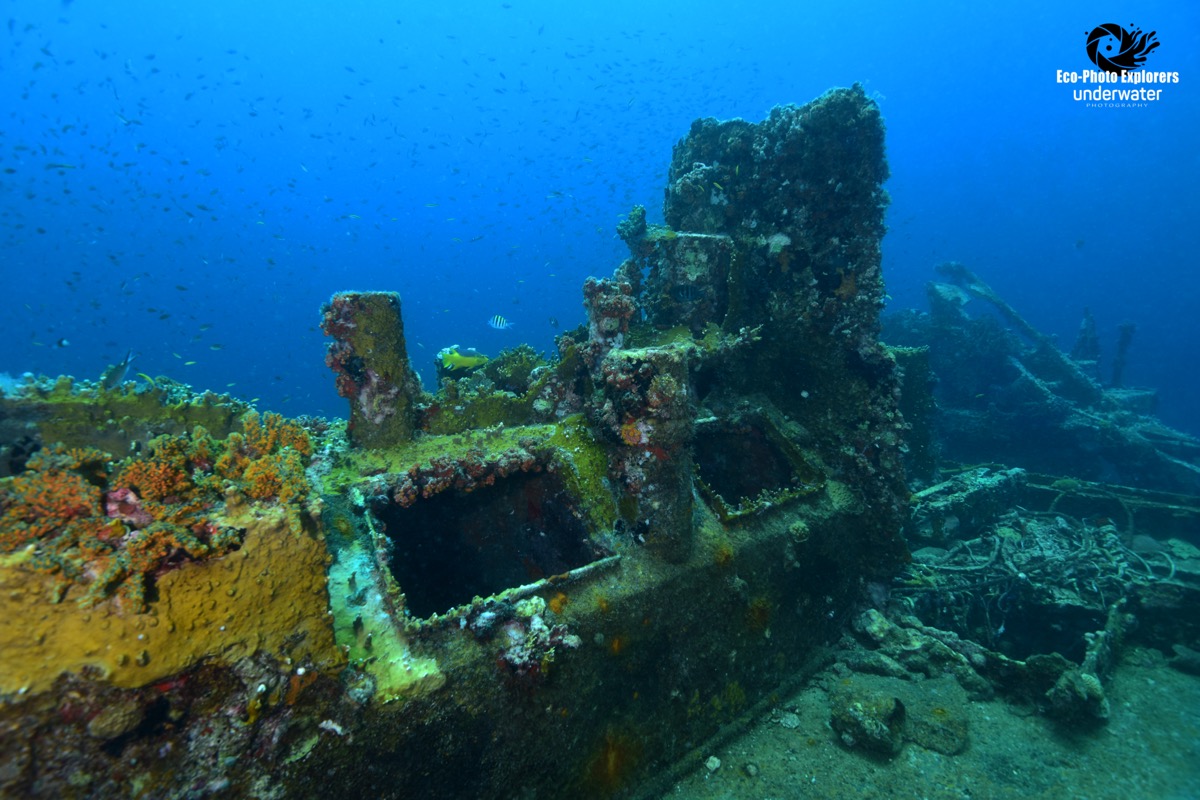
Wreckage of the Veronica L
These we fine dives, but what about the Bianca C? Well, the next hurdle in our quest was a tropical storm.
An early season tropical Storm named Brett was approaching the islands to the north. Although it was going to miss us, the seas were kicking up in Grenada and heavy bands of rain were closing in. Two more days of waiting for our opportunity. We were beginning to despair that perhaps a dive to the Bianca C was not to be.
We decided to visit another iconic dive site in Grenada, the Sculpture Garden.
This unique site is an underwater gallery of sculptures in the Molinere Beauséjour Marine Protected Area. The works of art were created by renowned sculptor Jason de Caires Taylor and installed in 2006.
Since then, this artificial reef has attracted a wide variety of marine life as well as untold numbers of snorkelers and SCUBA Divers. The figures of the sculptures, mostly composed of concrete and rebar, are overgrown with life and this sometimes creates a creepy appearance! Still, the underwater artwork is captivating and the dive is well worth doing. The most often photographed sculpture is titled “Vicissitudes” and is composed of a circle of figures of local children holding hands. Pausing for a moment to contemplate the message of the sculpture gives divers a chance to experience the beauty and serenity of the underwater world in a different way.
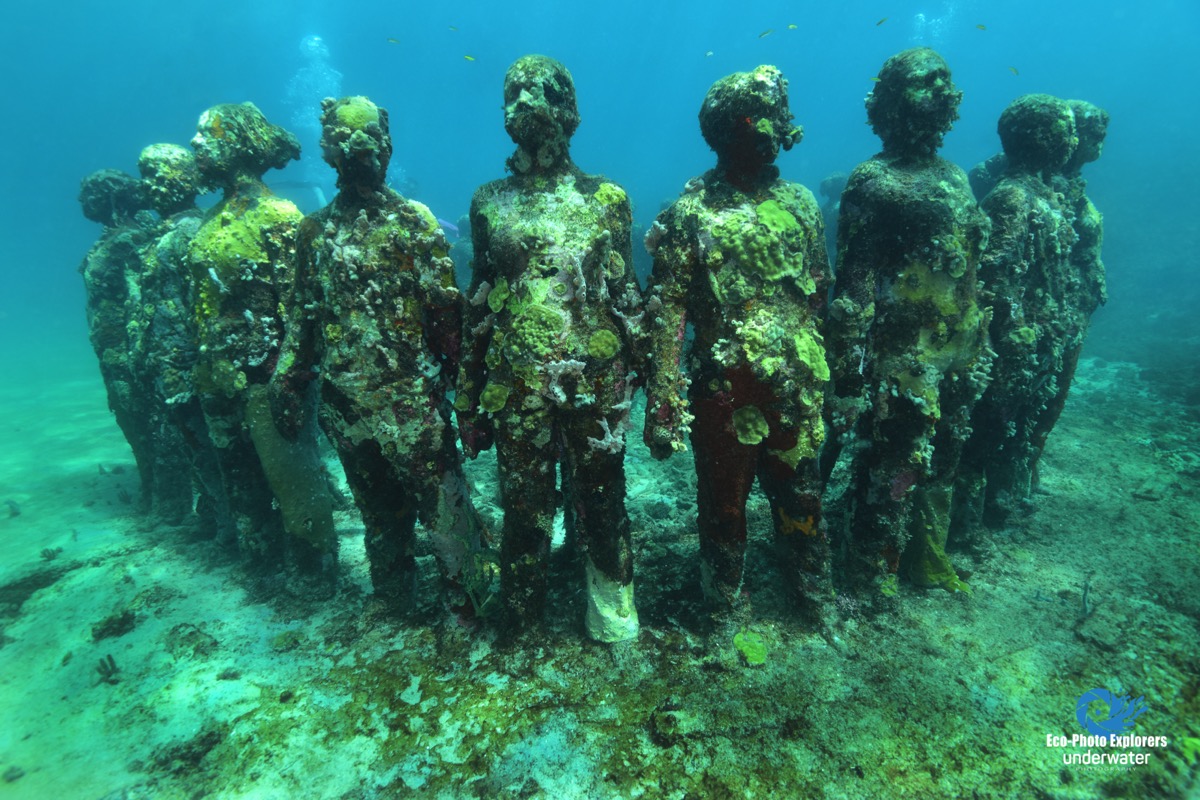
The circular arrangement of figures depicts unity
When we got to the dock, we got some long-awaited good news: the Bianca C dive was on for the next morning! We were excited and it was time to prepare for the dive.
Early the next morning dawned still and humid, with flat seas and clear skies. The Bianca C lies only 3 ½ miles offshore so the boat ride is a quick one, leaving little time to reflect on the history of this shipwreck.
The Bianca C was a luxury cruise ship built by Provencale de Constructions Navales in La Ciotat, France, for La Messageries Maritimes of Marseille. Construction of the ship began in 1939 but was interrupted due to the outbreak of World War II.
The Nazi occupation of France put the ship, which was still being constructed, under the command of German officers. In their own way of resisting the occupation, French shipbuilders sabotaged the construction wherever they could. The Germans became so frustrated by the lack of progress that they resorted to taking hostages in order to complete the construction.
The ship was eventually launched on June 10, 1944, just days after the Allied landings at Normandy. The ship was christened the Maréchal Pétain. Sadly, she was torpedoed by German forces two months later as they retreated from France.
But the ship was not to stay on the bottom of the sea for long. The Maréchal Pétain was raised in 1946 and repaired and finished. The ship was now renamed La Marseillaise and was finally completed in 1949.
The newly named ship would serve as a cruise liner until 1957, when it was sold to a Panama-based shipping line called Arosa. She was once again renamed, this time taking the name Arosa Sky.
Two years later, Arosa began failing financially and the ship was again sold, this time to the Italian liner company Costa and, again, renamed…this time taking the name Bianca C.
Two years after that, on October 22, 1961 the Bianca C found herself off St. George’s Harbor in Grenada when there was an explosion in the boiler room, creating a fire that quickly spread throughout the ship.
After a dramatic rescue effort by the local residents, all 672 people aboard were evacuated. Only three people died in this catastrophe; one a crewman who perished in the initial explosion and two others who died from burns days later.
But the fire continued to burn. Grenadians were ill-equipped to fight the fire and attempts were then made to tow the still burning ship out of the harbor and take it south. On October 24, 1961, the tow line broke in a squall and the ship sank for a final time. The Bianca C, a ship with four names and two sinkings to her history, now rested in 170 feet of water off the southern coast of Grenada.
Strong currents are the norm on the Bianca C, and we entered the water with a negative entry and immediately began our descent. There are no mooring buoys or attached lines, so it was a bit unsettling as we descended through the water column with no visual reference. Suddenly, as we reached 80 feet, the dark shadow of the enormous hulk of the wreck slowly started to emerge from the edge of visibility. The water temperature dropped from 85 to 80 degrees. Deeper we went, until the wreck itself presented itself and, in a moment, we were gliding with the current over the top of the Bianca C.
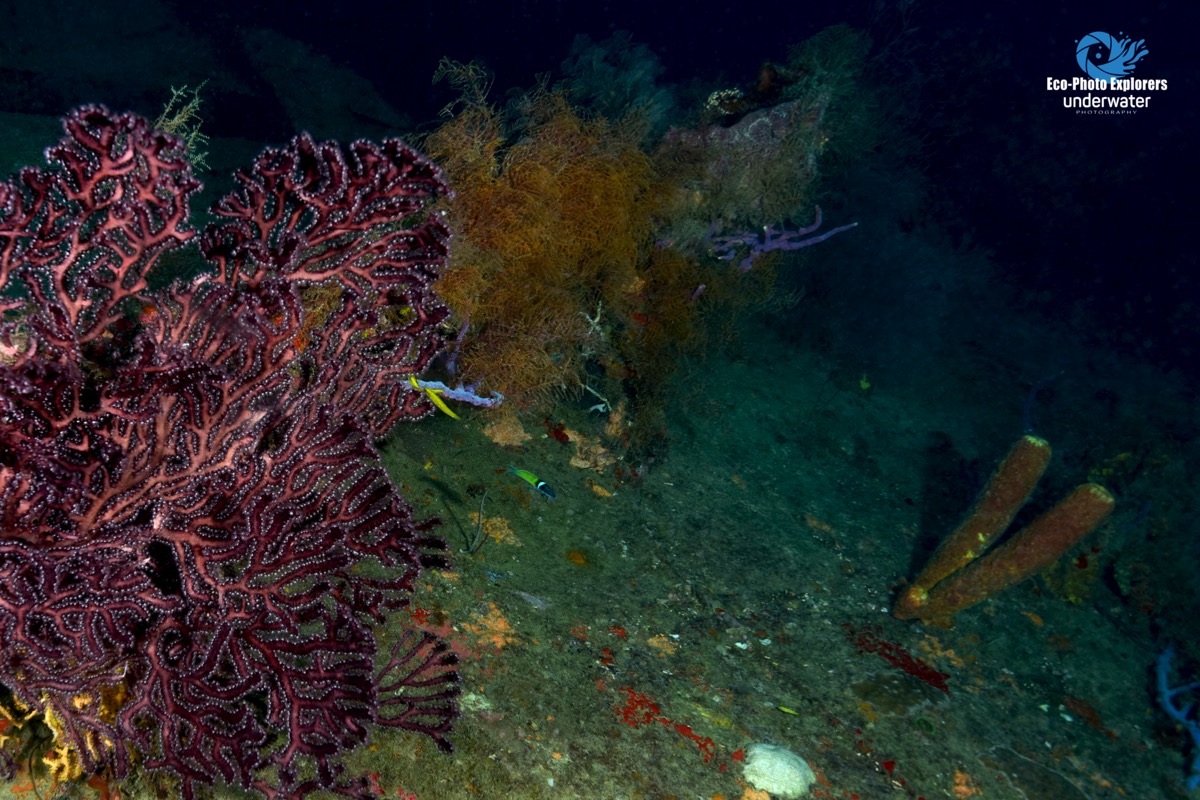
The ghostly remains of the Bianca C
The wreck is gigantic, and any dive to the Bianca C can only offer a fleeting glimpse of the wreck. Still, we were mesmerized by the collapsing structures, each a photographic opportunity. The wreck is covered with sponges, whip corals and other encrusting organisms. It is also home to a plethora of fish who undoubtedly find the massive structure a perfect place to find shelter and food.
But it is not the marine life than amazes; the Bianca C beckons the wreck diver with numerous exploration opportunities. The depths are extreme so divers need to pay attention and not give in to the temptation to venture deeper than their gas mix will permit. As we peered over the sides of the ship into the deep, we, too, had to ignore the siren call of the deep!
Our dive was too short and only whetted our appetite for future dives to the magnificent Bianca C. Still, as we completed our stops on our ascent, we reflected on how lucky we were to have seen her, resting in peace off the coast of Grenada, and how happy we were that our mission to visit her was accomplished.
Words & Photos by Michael Salvarezza and Christopher P. Weaver
- St. George’s Harbor
- Hibiscus flower
- The Molinere Beauséjour Marine Protected Area where the Sculpture Garden is located
- Late afternoon fishing in Grenada
- The remains of Fort Frederick
- Mona Monkey photographed in the Grand Etang National Forest
- St. George’s Harbor waterfront
- Veronica L crane shaft
- Sponges on the side of the Veronica L
- Wreckage of the Veronica L
- Overlooking St. George’s Harbor
- Market stand of local spices
- The Sculpture Garden features a number of interesting depictions
- A figure of Christ in the Sculpture Garden
- The circular arrangement of figures depicts unity
- The Sculpture Garden is worth a visit for divers
- A Spinyhead Blenny pokes out from its home
- The human figures have become spooky looking over the years
- A Hermit Crab peeks out from its adopted home
- A juvenile Spotted Drum
- A Blackbar Soldierfish warily turns from the camera
- A Peppermint Goby on a coral head
- A Flamingo Tongue Cowrie crawls up the base of a sea fan
- A Brittle Star wrapping itself around Fire Coral
- Marine growth on the wreck of the Bianca C
- Caribbean Reef Squid are usually wary of divers
- The ghostly remains of the Bianca C
- The cement bags are still on storage on the Shakem wreck
- Spotted Moray enjoying the services of a Cleaning Goby
- The Bianca C is reachable in 130 feet
- The Bianca C is a massive shipwreck
- Lush gardens of sea fans and gorgonians on the Shakem wreck

